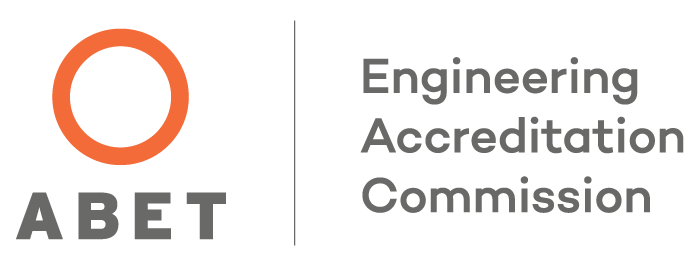Solar-battery hybrid electric research aircraft completes inaugural flight, with the help of Hokie engineers
Hokies participating in the Dawn One inaugural flight included James 'JP' Stewart ('18), Kenneth Nguyen ('22), senior Madeline Hower, junior Calvin Siemers, sophomore Joseph Gould, and senior Sam Elder.

Electra.aero, Inc., a next-gen aerospace company with a mission to help decarbonize aviation and open new air transportation markets, recently completed the first flight of a solar-battery hybrid electric research aircraft.
This 90-foot wingspan unmanned aircraft system made its first flight from Manassas Regional Airport in Virginia in September of 2022, and is the first airplane to emerge from Electra’s new development facility there.
The new plane, named Dawn One, is part of the Stratospheric Airborne Climate Observatory System (SACOS) program. SACOS is being developed under the leadership of professor James G. Anderson at Harvard University. The project is supported by a contract from the National Aeronautics and Space Administration (NASA) and by the Weld Foundation for Scientific and Environmental Development.
The SACOS program is designed to innovatively address a broad range of scientific missions and serve as a climate observing system that will herald a new era in the quantitative dissection of the physics, chemistry and biology controlling critical climate systems.
The Dawn One project originated at the Massachusetts Institute of Technology (MIT) and detailed design, construction and testing of the aircraft was led by Electra. This solar-battery aircraft is part of Electra’s ongoing development of reduced and zero-carbon aircraft propulsion technologies, which also include turbine-electric and hydrogen fuel-cell based hybrid systems.
James ‘JP’ Stewart of Electra (and alumnus of the Kevin T. Crofton Department of Aerospace and Ocean Engineering, ‘18) along with Annick DeWald of MIT, led the aircraft team that included researchers and students from MIT, Harvard, Virginia Tech, Penn State, Stanford, Tuskegee, Embry Riddle, University of Michigan, San Diego State, and The University of Texas at El Paso.
Virginia Tech contributors included recent graduate Kenneth Nguyen, seniors Madeline Hower and Sam Elder, juniors Erika Hausladen and Calvin Siemers, and sophomore Joseph Gould.



